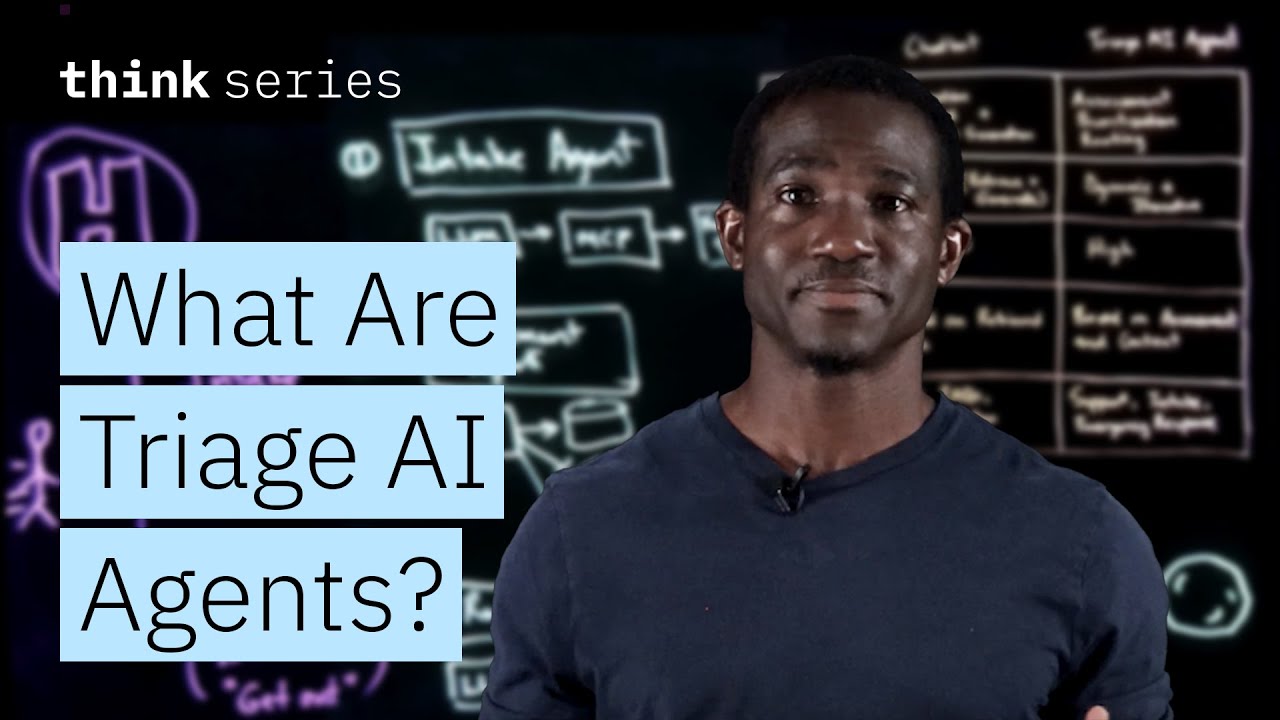The video explains that Triage AI Agents are automated multi-agent systems designed to mimic human triage processes by collecting data, assessing case severity, and routing cases efficiently across various industries. These agents, built with large language models and integrated with knowledge bases and APIs, enhance speed, consistency, and scalability in managing complex workflows beyond simple chatbot functions.
The video begins with an analogy of a nurse in a hospital ER performing triage, which involves quickly assessing patients to determine who needs immediate help and who can be managed with minimal intervention. This process relies on observing symptoms, patient history, and domain knowledge to prioritize care efficiently, thereby conserving valuable medical resources. The nurse’s actions exemplify human triage, which is a critical step in managing multiple cases effectively, whether in healthcare or other fields like auto repair, customer service, insurance, or cybersecurity.
The concept of triage has historical roots dating back to the early 1800s in military medicine, where it was used to sort battlefield injuries so that the most critical cases received prompt attention. Today, triage extends beyond hospitals to various sectors, including emergency services, technical support, and risk management. The core idea remains the same: sorting and prioritizing cases based on urgency and importance to optimize resource allocation and response time.
The video introduces Triage AI Agents as automated systems that mimic human triage processes. These agents utilize multi-agent systems, where two or more AI components work together to handle intake, assessment, and routing of cases. Each Triage AI agent comprises three essential components: an intake agent that gathers data through conversation and knowledge sources, an assessment agent that diagnoses and determines the priority of each case, and a routing agent that directs cases to appropriate actions or resources based on the assessment.
Each component of a Triage AI agent is built around large language models (LLMs) connected to various knowledge bases, APIs, or search tools. The intake agent focuses on collecting relevant data, the assessment agent conducts research and diagnosis to understand the case’s severity, and the routing agent manages the communication and resource allocation, updating case priorities as needed. These systems are designed to be adaptable, scalable, and capable of handling complex workflows beyond simple chatbot interactions.
Finally, the video emphasizes that Triage AI agents are more than just conversational AI; they are specialized systems optimized for decision-making, prioritization, and routing across diverse applications. They offer advantages such as increased speed, consistency, and scalability in managing cases. For developers and data scientists, integrating these agents using open-source frameworks like Langflow or Langchain presents opportunities to embed intelligent triage into various digital workflows, transforming how organizations handle prioritization tasks across industries.
